Bonding Composite Materials like GRP and Carbon Fibre; Tips and tricks
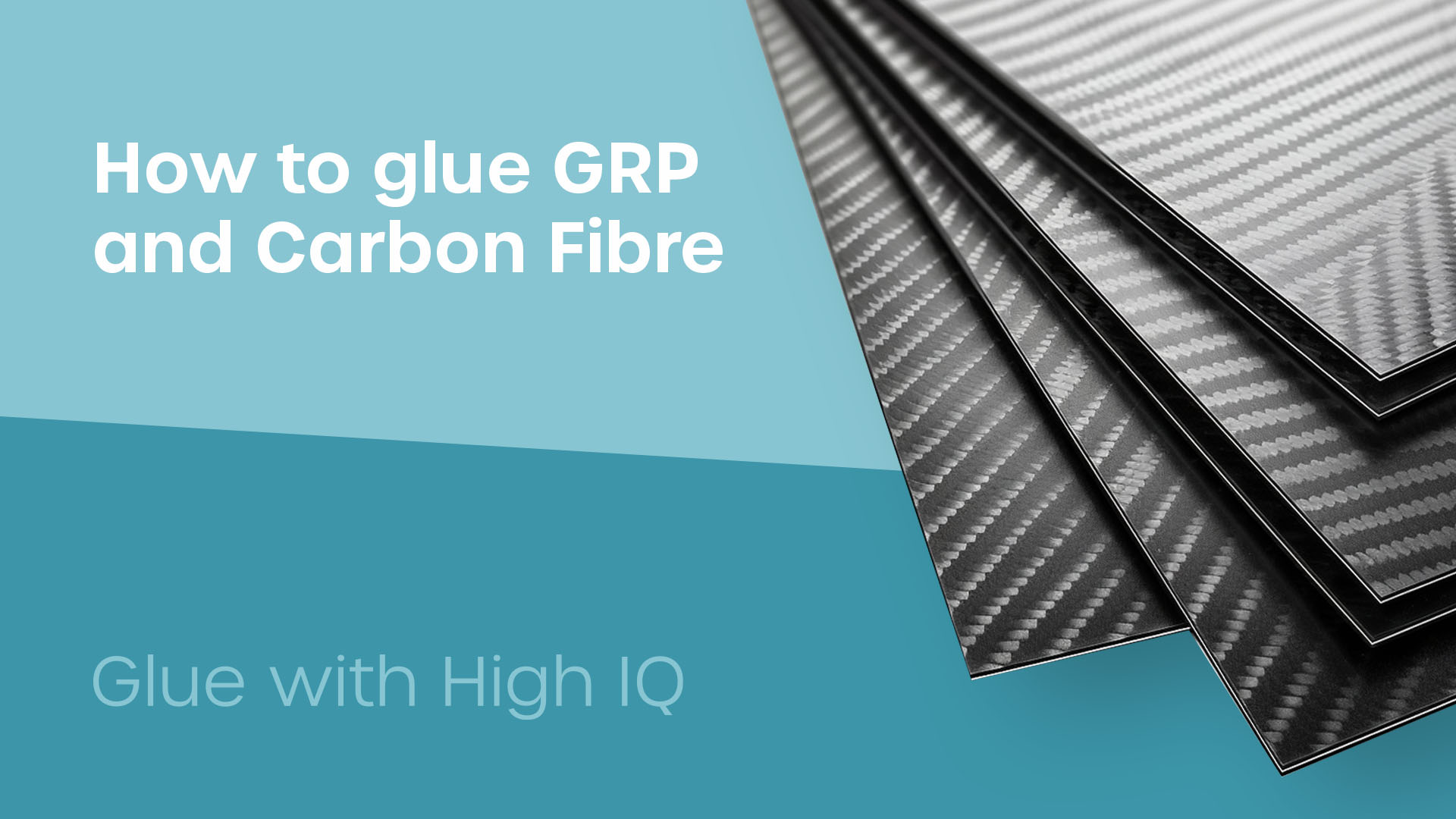
Industrial vehicle manufacturers have been stepping up their use of composite materials in recent years. Aerospace, marine, and automotive (among many others) are discovering the benefit of using composites in their design.
But with that change, has come an increasing need to use adhesives. And that isn’t always easy.
Here at Forgeway, we’ve been helping industrial vehicle manufacturers bond composite materials for over 20 years. We have a range of products that are suitable for bonding composite materials.
In this article, we are going to explain the different tips and tricks you can implement when trying to bond composites. By the end of the article, you’ll understand what you need to do to ensure a strong bond when joining composite materials.
P.S. We aren’t just writing this article to promote our products. We genuinely want to teach you what we know about bonding composites.
What are composite materials?
‘Composite materials’ is quite a general term. It could explain anything from a building panel to prosthetic teeth. However, in simple terms, a composite material is a material made up of more than one material. It becomes a ‘composition’ of materials.
In the context of industrial vehicle manufacturers, composite materials are usually glass-reinforced plastic (GRP) or fibreglass. Whilst GRP and fibreglass are very similar, there are some differences between the two types of composite material.

However, we aren’t explaining the difference between GRP and fibreglass in this article. You just need to be aware that there may be differences when it comes to bonding that material.
Industrial vehicle manufacturers typically use composite materials for small components (like brackets). But more recently, we have seen vehicle manufacturers use composites for larger applications too.
There have even been unprecedented examples of submersible machines made with composite materials. Although this example doesn’t exactly boost confidence in composites, composites’ popularity isn’t decreasing anytime soon.

Why have composite materials become more popular?
More and more industrial manufacturers are using composite materials.
But why are they so popular?
Despite what appears on the outside, this popularity has been a long time coming. Industrial vehicle manufacturers are particularly hesitant to move away from tried and tested traditional methods. After all, lives are at risk.
So despite composite materials being around for literally hundreds of years, manufacturers are just recognising the benefits of using them.
Here’s why.
Composite materials are strong as well as lightweight.

Going back 30 years ago, metals were the strongest materials available. They just weren’t particularly light. And this wasn’t an issue as the need for fuel efficiency and environmental concern didn’t exist.
If manufacturers wanted lightweight materials, they would have to sacrifice strength. They would use polymeric materials instead which wouldn’t have nearly the same strength as metals.
Composite materials combine the strength of metals with the lightweight of polymers.
Now that environmental concerns and fuel efficiency are gaining much-needed recognition, composite materials’ strength and light weight make them an ideal material for vehicle manufacturers.

Jaguar Land Rover is one of the most well-known advocates for using composite materials in vehicle design.
These materials can help them reduce weight and also increase stiffness. Two important characteristics for more efficient vehicles and electric vehicles (EVs).
Composite materials often aren’t as strong as some metals. We should clarify that. But they have enough strength for vehicle manufacturers to use them in certain applications.
What adhesives should I use to bond composite materials?
Before deciding which adhesive to use, we should explain why adhesives are the primary joining method for composites. The two other joining methods (welding and mechanical fasteners) are complex and offer poor performance.
Welding can only join similar materials. Mechanical fasteners centralise stress. They also require holes in the material. Neither are ideal options for joining composites.

Adhesives can join dissimilar materials. They also distribute stress evenly. This makes adhesives the ideal method for joining composites.
You just need to make sure you get the right adhesive as there are hundreds of options available.
The options range from high-strength structural adhesives to high-flexibility semi-structural adhesives. But when it comes to choosing an adhesive, companies often go for the strongest adhesive available.
On paper, it makes sense. Who doesn’t want a strong adhesive?
But in reality, flexibility is as important as strength from an adhesive. Particularly with composite bonding. Too much strength will cause a brittle bond. Too much flexibility will not have enough strength and rigidity.
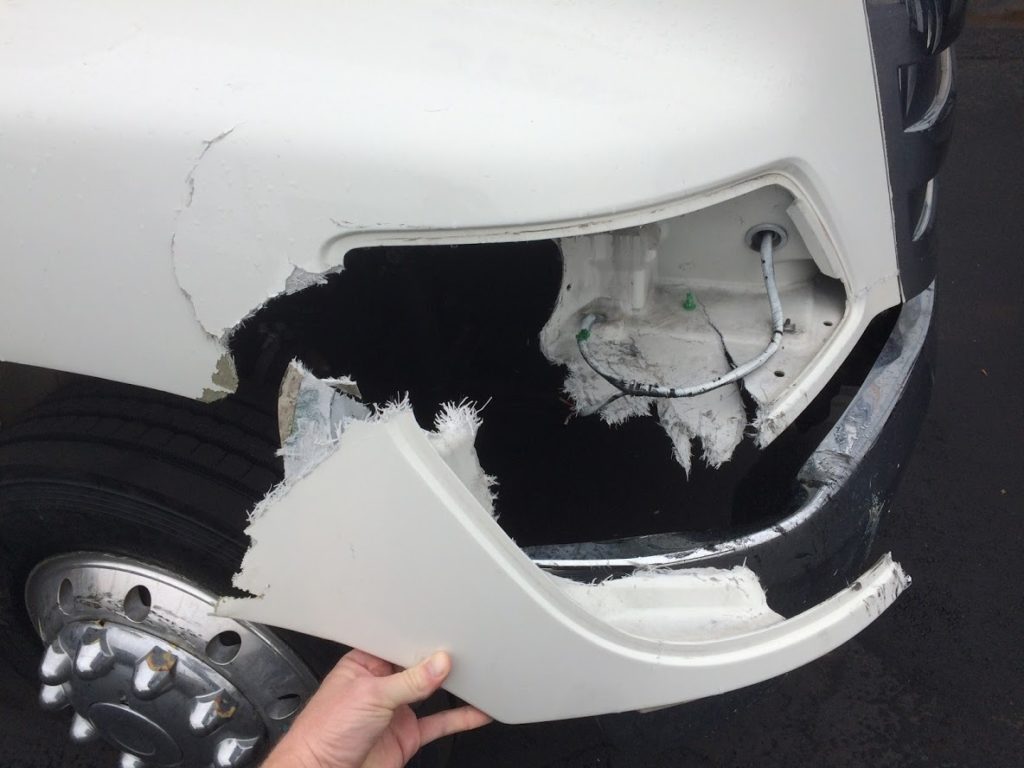
The best adhesives to use when bonding composites are:
- Structural adhesives (such as epoxy, acrylic, or polyurethane adhesives).
- Flexible adhesives such as MS polymer adhesives.
In our opinion, the best composite bonding adhesives are medium strength (around 5-10 MPa) and high flexibility (above 100% tensile elongation).
In certain applications, you may need more strength or flexibility. However, the specifications above are more than sufficient for most composite bonding applications.
If you’re looking for composite bonding products from Forgeway, here are the three we recommend.
Aerok 8040 – Long open-time structural epoxy adhesive. This adhesive has high strength (20 MPa), very good durability and a long open time (90 minutes), but low flexibility (10%).
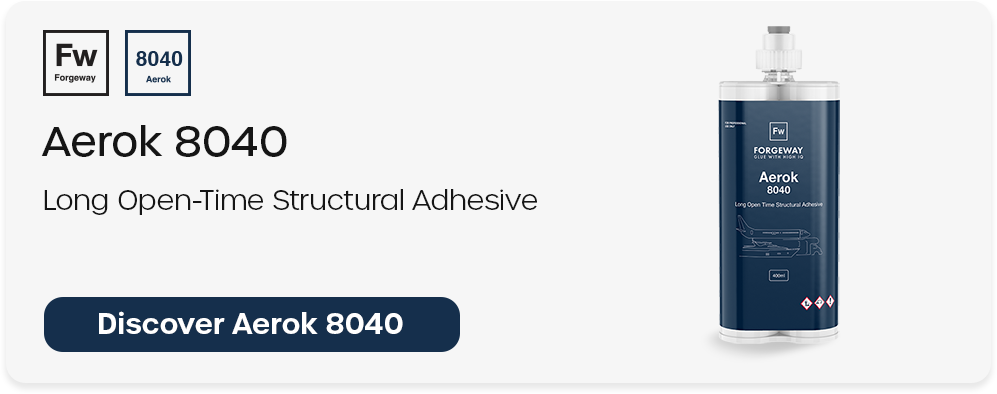
Purok VX70 – High flexibility structural acrylic adhesive. This product has medium strength (10-15 MPa), very high flexibility (200+%), and a very fast cure time (15 minutes) that you can adjust.
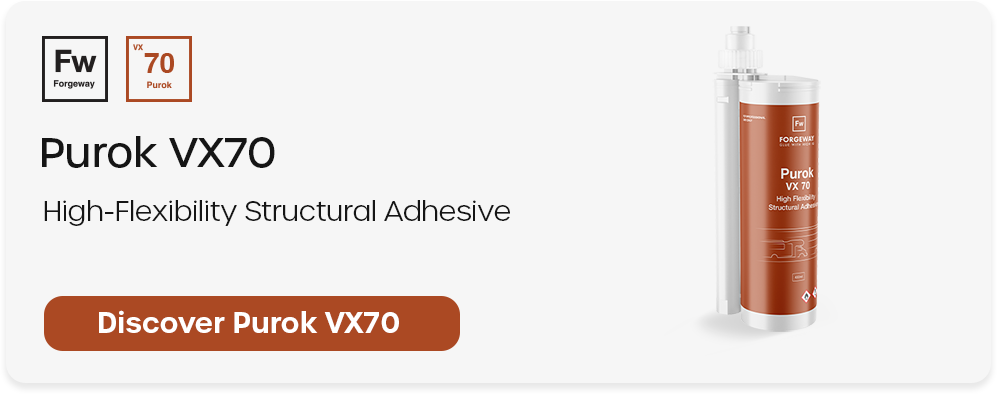
Formoa 017FE – High-performance semi-structural hybrid polymer adhesive. This product is a single-component variant with medium strength (2-5 MPa), and a slow cure (around 4 hours) but high green strength (aka grab), very high flexibility (300+%), and excellent weathering durability.
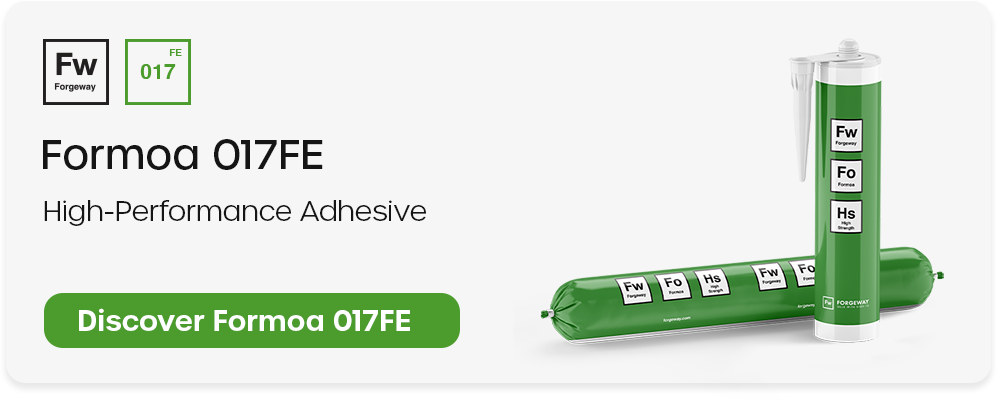
If you want to find out more about these products, make sure to follow the links through.
Ensuring a strong and durable bond when joining composite materials
Now you know what to consider when bonding composites. It’s time to ensure you create a strong and durable joint. There are a few fundamental things you need to consider.
Firstly, you must analyse the materials you are bonding. Without understanding the composite material, you may be in store for a few surprises.
As most will know, surface energy impacts adhesion. Some composite materials have inconsistencies across the surface which cause the adhesive to form an inconsistent bond.
Secondly, you need to choose the right adhesive. Whilst the recommendations above are useful for most composite bonding applications, countless variables can affect a bond’s success.
Weathering, chemicals, and movement are all conditions that can affect an adhesive’s strength. Not to mention other characteristics like ease of use and cure speed. Make sure to read our article discussing what to consider in an adhesive or take the product selector quiz at the bottom of the page.
Thirdly, you need to consider joint design. The art of joint design isn’t simple. Put simply, a successful joint design is reliant on maximising surface area and minimising peel force.

You can read more about adhesive joint design by reading Chapter 6 of The Fundamentals of Adhesive eBook.
By taking these three things into account, you will be one step closer to ensuring a strong and durable joint when bonding composite materials.
Maximising your composite bonding application
Now that you have a good idea of what to consider when bonding composite materials, it’s time to put it into practice. But we know this is easier said than done.
At Forgeway, we’ve helped industrial vehicle manufacturers just like you bond their composite materials. We have several products developed especially for bonding composites. Aerok 8040, Purok VX70, and Formoa 017FE all have excellent adhesion to GRP and fibreglass.
But without knowing your exact situation, we cannot say which glue is best for you. If you want the help of one of our experts, you can reach out to us for help, and one of our team will be in touch.
However, you also might want to figure it out for yourself. The product selector quiz below will help you establish which adhesive would be best for you.
Thomas is the Content Manager here at Forgeway. Thomas' job is to translate the technical jargon from the ivory tower of academia into easy-to-read content that everyone can understand. Forgeway's mission is to answer every question our customers and prospective clients ask, or are apprehensive to ask.



